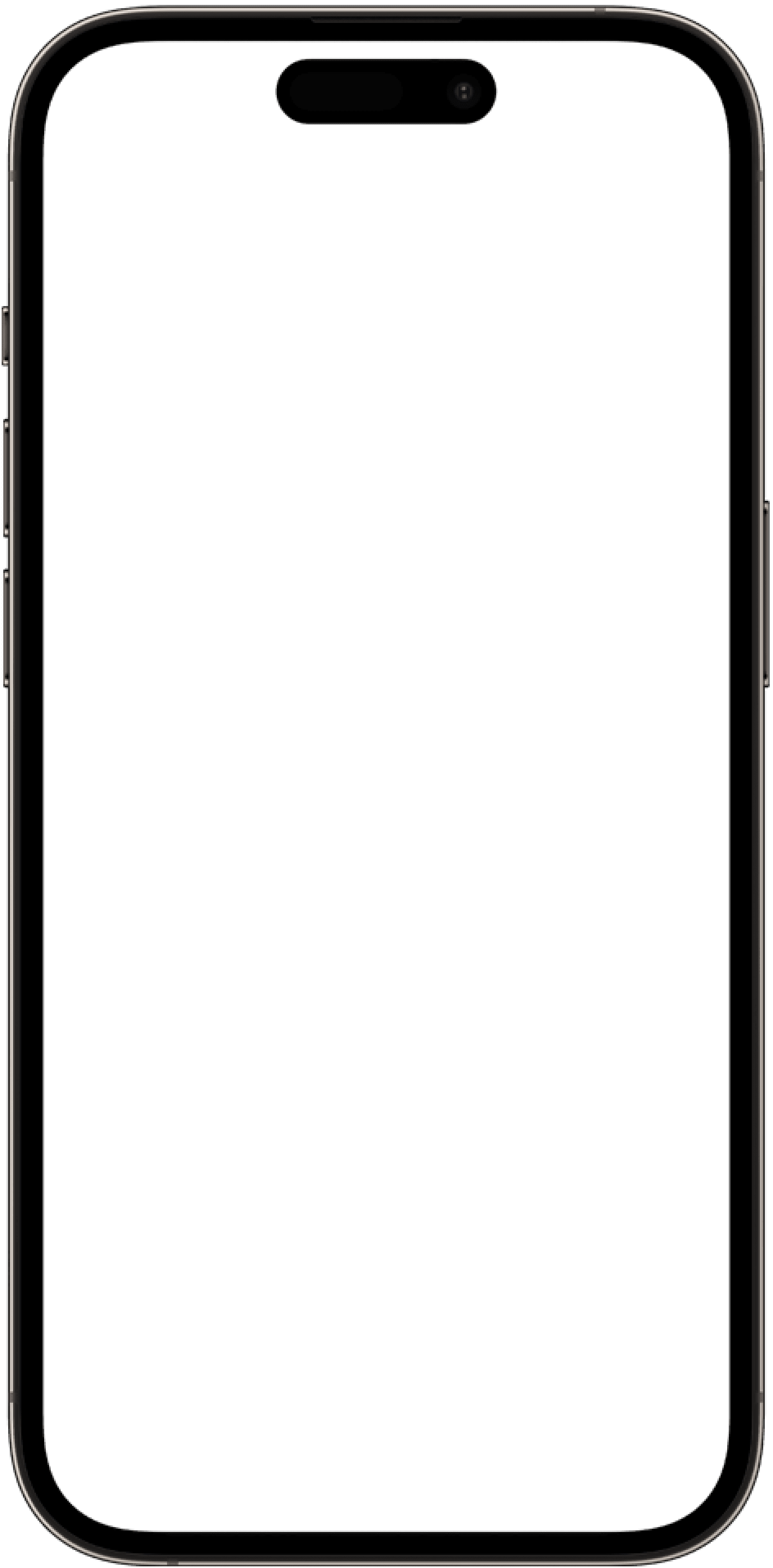“Our old portal was a ghost town; tenants would rather call us for everything. With Crust AI, we put a simple, powerful tool right on their phones. Maintenance is tracked perfectly, our tenants are happier, and our team has been freed from repetitive tasks. It’s a complete operational upgrade.”

Maria G.
Head of Operations
,
Keystone Residential
The Problem
For the team at Keystone Residential, a mid-sized firm managing over 400 units, the daily routine was a constant barrage of predictable questions. The phone would ring nonstop with tenants asking for copies of their lease, confirming if rent was received, or reporting a leaky faucet. This administrative churn was a huge drain on the team's time and energy.
Their existing solution was a clunky, desktop-only tenant portal that came bundled with their management software. "It was practically useless," says Maria G., Keystone's Head of Operations. "Tenants would forget their login, find it difficult to navigate, and just give up and call us anyway. It defeated the entire purpose." The lack of a centralized, user-friendly system for maintenance requests meant issues were reported via calls, texts, and emails, making them difficult to track, prioritize, and document properly.
The Solution
Keystone Residential used Crust AI to build a streamlined, mobile-first "Tenant Hub" designed around the three things a tenant actually needs to do. Recognizing that their tenants live on their phones, they abandoned the traditional portal model. Now, upon move-in, every tenant receives a welcome SMS with a secure, unique link to their personal hub. No app to download, no password to remember.
From this simple hub on their phone, a tenant can:
Access Documents: A single tap on "View My Lease" instantly brings up their full lease agreement as a PDF.
Check Payments: The "Payment History" section shows a clean, up-to-date list of their past payments and upcoming due dates.
Report Issues Instantly: The most-used feature is the large "Request Maintenance" button. Tapping it reveals a simple form where they can describe an issue (e.g., "Kitchen sink is dripping") and upload a photo directly from their phone's camera.
The team at Keystone used Crust AI's prompts to ensure the interface was incredibly simple, with large, clear buttons and no clutter. The entire hub was designed and deployed in less than a week, immediately replacing their outdated and ineffective system.
The Impact
The shift to the mobile-first Tenant Hub has revolutionized Keystone's operations and tenant relations. The results were clear and immediate.
"We've reclaimed an estimated 15 hours of administrative work every single week," Maria states. "That's time our property managers now spend on more valuable activities like tenant retention and property improvements."
The operational metrics speak for themselves:
95% of all maintenance requests are now submitted through the Tenant Hub. This ensures every issue is perfectly documented with a description, photo, and timestamp, creating a seamless workflow for their maintenance team and contractors.
Tenant satisfaction has significantly increased. Residents appreciate the modern, easy-to-use tool that gives them control and provides instant answers, reducing frustration for everyone.
Improved data accuracy and accountability across the board, from maintenance logs to payment queries.
How Can You Replicate?
Building a Tenant Hub is a straightforward process that focuses on simplicity and direct access.
Consolidate Tenant Data: Start with your data in a central place like Airtable or Google Sheets. This base should have records for each tenant/unit, including their phone number, lease documents, and a related table for payment history.
Use a "Single Item Snippet": Each tenant gets their own unique portal view, so a Single Item Snippet is the perfect choice. The snippet will display the data for one specific tenant record.
Secure It with Phone Number Permissions: Instead of a traditional email login, use the tenant's phone number as the unique identifier for Crust AI's "User-based Permission" feature. You can then use an SMS service in your automation to send them their unique link.
Enable In-App Actions with AI: The core of the hub is enabling tenants to take action. Use AI prompts to build interactive elements directly into the interface:
"Add a large button that says 'Request Maintenance'. When clicked, reveal a form containing a text area for 'Issue Description' and a file upload field for 'Photo of Issue'."
"The 'Submit' button on this form should trigger my Make.com webhook." This allows you to connect the submission to any other system, like creating a Trello card or sending a Slack alert to your maintenance team.




